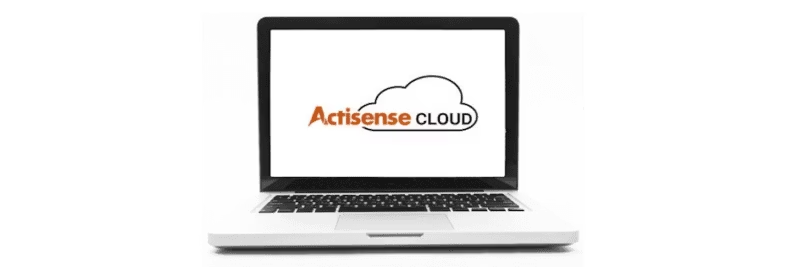Cart
Discount: 0.00 PLN
Discount: 0.00 PLN
Digital Skipper |14/10, 2021

ActisenseCloud is a powerful cloud service that allows you to upload EBL log files from any NMEA 2000 network. You get access to all recorded PGNs online and can easily analyze boat data such as speed, depth, temperature, and course. In addition, you can export data in popular formats such as Excel (XLSX), GPX, KML, and MDF, making it easy to visualize trips in Google Maps and Google Earth.
Create an account at https://actisense.cloud/ and start using the service for free. Once registered, you get access to all features immediately.
1. Upload your EBL files
Uploading files is easy – drag and drop or select a file from your computer. All uploaded files are saved under My Uploads, so you can always access them later.
2. View and filter data
With a click on the view icon, you get a detailed list of all PGNs with decoded fields and values. You can filter by specific PGNs or select a time period to analyze problems or compare data.
3. Export in multiple formats
With ActisenseCloud, you get a complete solution for storing, analyzing, and exporting NMEA 2000 data. You save time, gain better insights, and can easily visualize your trips – completely free of charge.
👉 Register now at https://actisense.cloud/ and start analyzing your boat data today!